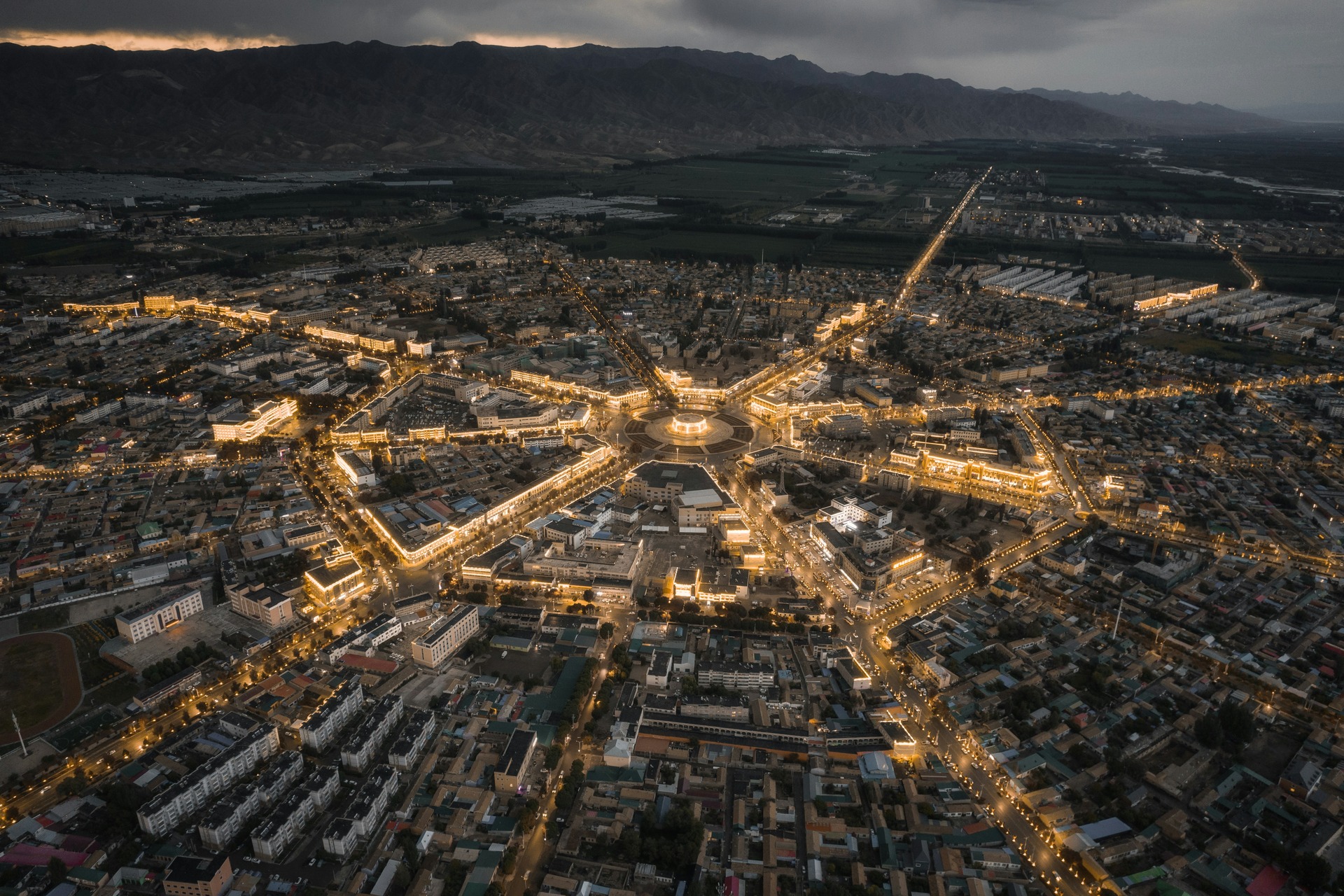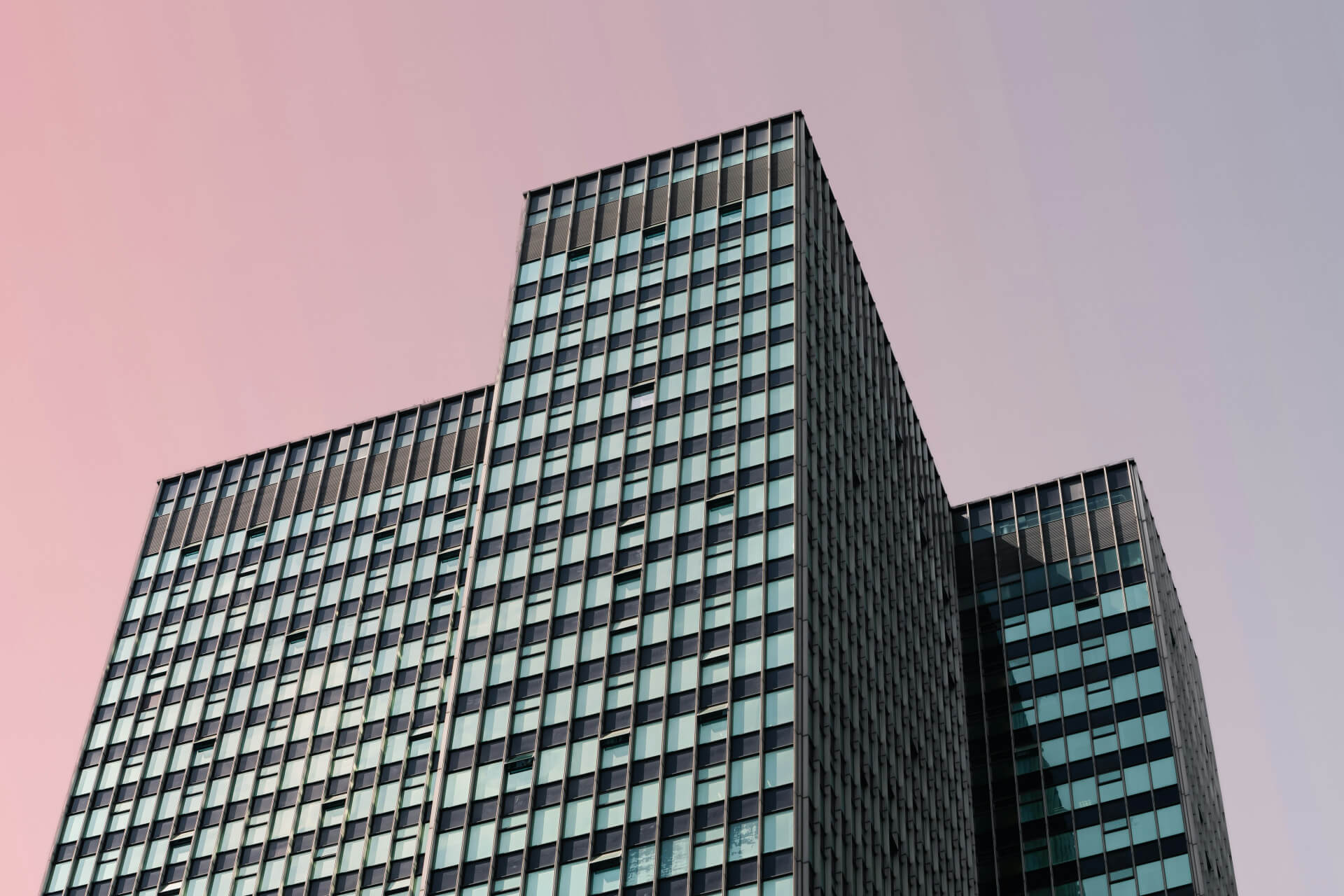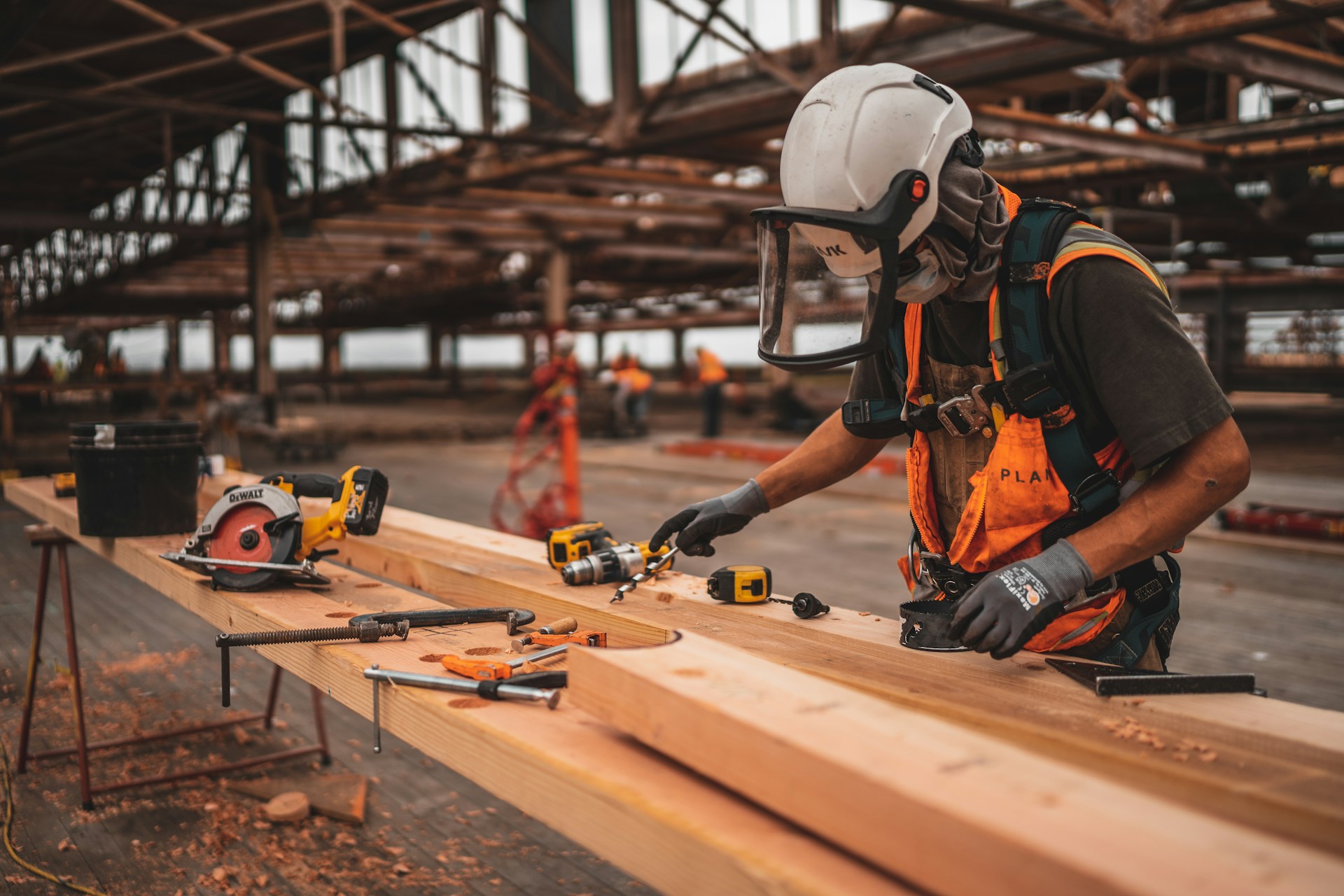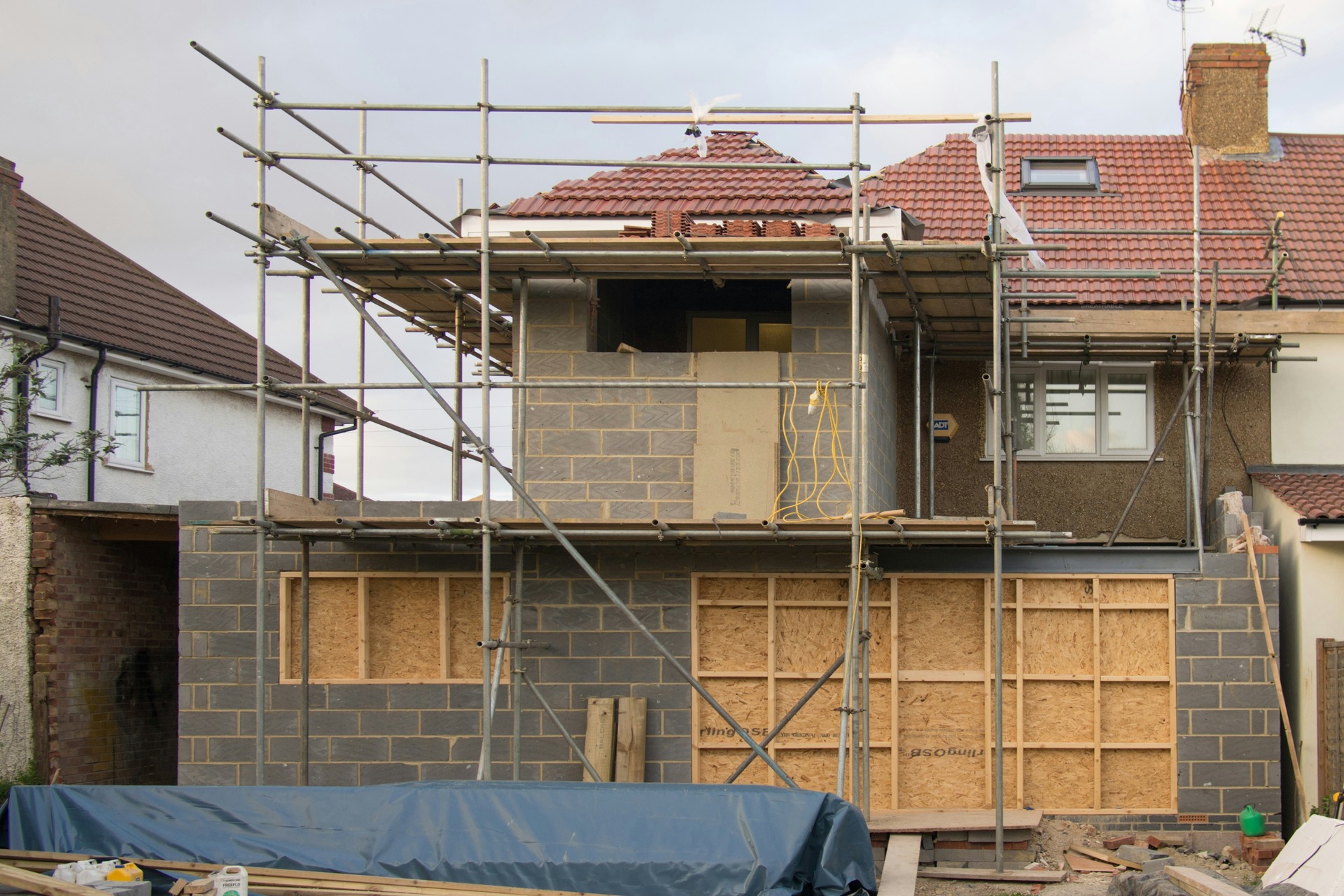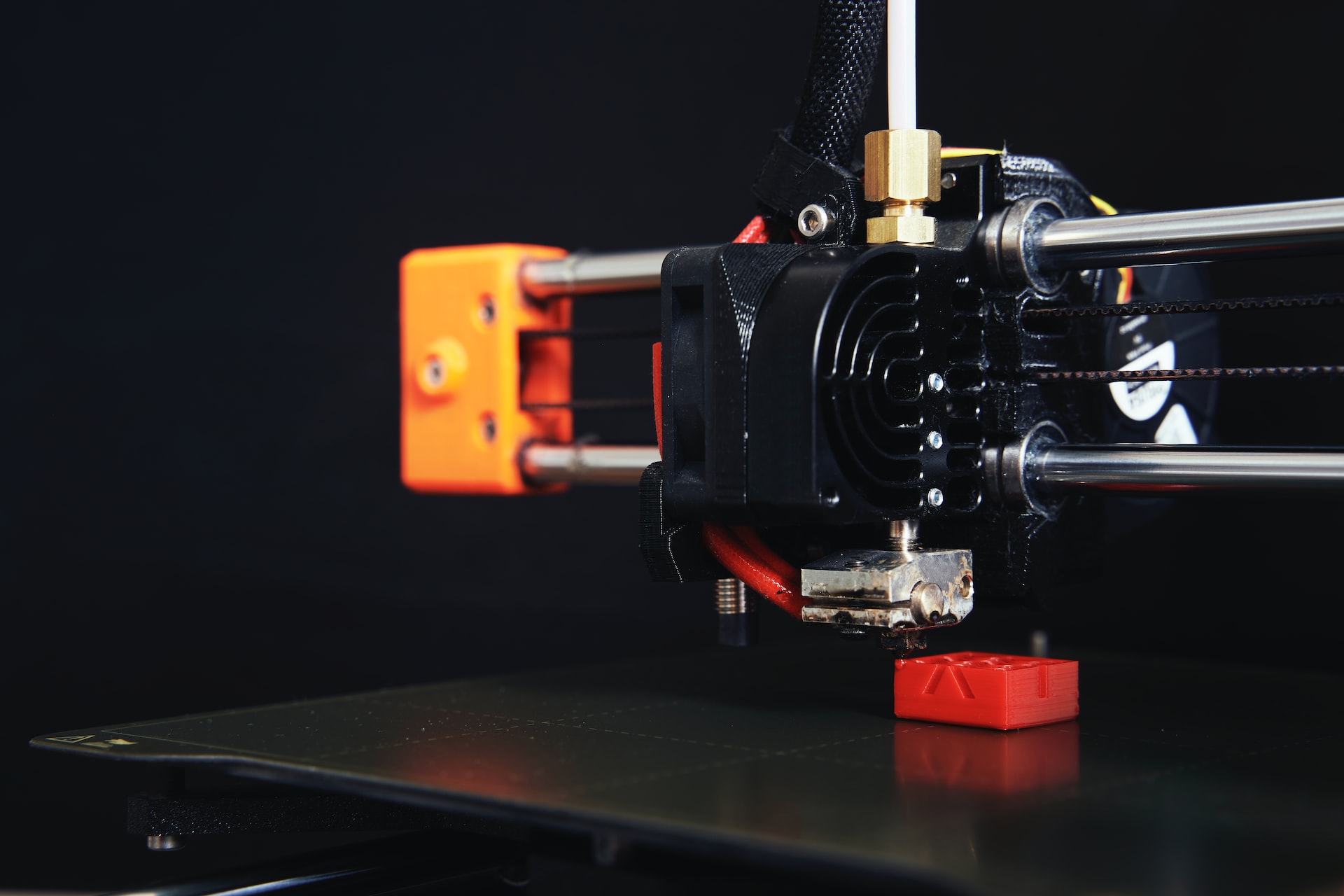
Unlock the Unique Applications for 3D Printing in Architecture
February 16, 2023 - Emily Newton
Revolutionized is reader-supported. When you buy through links on our site, we may earn an affiliate commission. Learn more here.
3D printing has seen a lot of growth in a relatively short period. The technology is now common throughout the manufacturing and engineering industries, and its potential doesn’t end there. Use cases for 3D printing for architecture and construction are rapidly emerging, too.
The use of this technology in the industry is still in its infancy. Just 25% of construction firms reported using it in 2019, but as the technology matures and its benefits become clearer, it’ll likely play an increasingly central role in architecture. Here’s how firms are using it today and where it could go from here.
Concept Models
The most common application of 3D printing for architecture today is prototyping. Conventional methods of creating 3D models for planning or project pitching can be slow and expensive, but 3D printing offers a faster, more cost-effective alternative.
3D printers can produce highly detailed miniatures, helping impress clients, investors or city authorities. As a result, these concept models could raise the chances of project approval. Achieving the same level of detail by manual means may be possible, but not in the same timeframe or costs as 3D printing.
Architects can design their models in CAD software, then print them in a matter of hours instead of spending days or even weeks constructing a model. They could even let printers run overnight to save time. These improvements would make the project pitching and design phases far faster and less expensive.
Prefabrication
3D printing can continue to benefit architecture and construction firms during the construction phase. The same in-depth miniature models architects use for gaining project approval can help the manufacturers handling prefabrication understand their goals. Larger printed modules can reveal the exact structure and texture architects need for their buildings, enabling closer collaboration during prefabrication.
In some cases, 3D printing can even replace conventional prefab processes. Two of prefabrication’s most significant benefits are lower costs and improved efficiency, both of which 3D printing can take further. Because these printers add material instead of cutting it away, they’re less wasteful, reducing costs, and they’re often faster, too, saving energy.
Teams can use large-scale 3D printers to create modules or other parts of the end structure in less time with more energy efficiency. The overall project will become more affordable and sustainable as a result.
Custom Building Materials
Another advantage of 3D printing for architecture is the ability to create novel building materials and structures. Printers’ unique process lets them turn virtually any shape into a reality. Consequently, architects can design custom tiles, slabs or other components to make their projects truly unique.
If a project needs many of these custom pieces, 3D printers can print a mold that teams can then use to cast identical pieces quickly. While 3D printing isn’t the only way to create these molds, it can make them in less time.
The ability to print unique custom components opens a world of possibilities for architects. They could shape building exteriors to reflect light, redirect rain or absorb heat in ways that no other buildings do. More experimentation will lead to new discoveries, helping the field become more efficient, resilient or sustainable.
Interior Design
Similarly, 3D printing can help architects create unique interior pieces to set their projects apart. Good interior design can increase a property’s price, reflecting better on the architect or firm responsible for the project. Just as 3D printing enables creativity with building materials, it gives teams new options for interiors, helping achieve these goals.
With 3D printing, designers can create new shapes that would be impossible or impractical with more conventional means. These unique pieces can catch the eyes of investors or prospective buyers, helping raise the property’s value. The sheer novelty of 3D printing alone may be enough to generate interest.
These design considerations go beyond aesthetics, too. New shapes and materials can make it easier to create comfortable spaces, such as maximizing airflow to improve indoor air quality. Similar strategies could make homes more energy-efficient or bring other benefits as well.
3D-Printed Buildings
As this technology advances, 3D printing for architecture is going even further. Some organizations have started printing entire buildings. Massive 3D printers extrude metal and concrete to build homes faster and with lower costs than conventional techniques.
These large-scale 3D printers only need one or two workers to oversee their operation. More workers only need to come later to install wiring, pipes and similar infrastructure. Consequently, using them could help firms create more buildings despite a shortage of laborers in the construction sector. The shorter completion times would also help firms reduce ongoing expenses and achieve faster returns on investment.
3D-printed buildings could give architects new design options and material choices, too. While these projects aim to provide affordable housing today, they could create the next wave of luxury homes tomorrow.
The Future of 3D Printing for Architecture
All of these applications of 3D printing for architecture are possible today, and this technology is still new. As it develops, new possibilities and opportunities will emerge.
In 2019, NASA ran a competition for 3D-printed habitats to help design future housing on Mars. Projects like this and advancements in 3D printing technology could enable fast, affordable shelter setup on Mars and other planets in the future. Architects could then expand their horizons further than ever before.
Back here on Earth, larger, more complex 3D printers could automate more of the building process. It’ll likely become possible to print larger, more complex and resilient structures before long. Architects may be able to design and construct some projects with no collaborators in the future, as long as they have access to these tools.
3D Printing for Architecture Opens New Possibilities
3D printing won’t likely replace conventional architecture and construction entirely, but it will reshape it. As more architectural and construction firms realize these benefits and possibilities, more will adopt the technology, leading to new discoveries. Over time, these innovations will could change the industry as we know it.
These technologies aren’t perfect yet, but they’re rapidly advancing and have already proven useful. 3D printing for architecture presents many benefits today, and these will only grow in the future.
Revolutionized is reader-supported. When you buy through links on our site, we may earn an affiliate commission. Learn more here.
Author
Emily Newton
Emily Newton is a technology and industrial journalist and the Editor in Chief of Revolutionized. She manages the sites publishing schedule, SEO optimization and content strategy. Emily enjoys writing and researching articles about how technology is changing every industry. When she isn't working, Emily enjoys playing video games or curling up with a good book.
